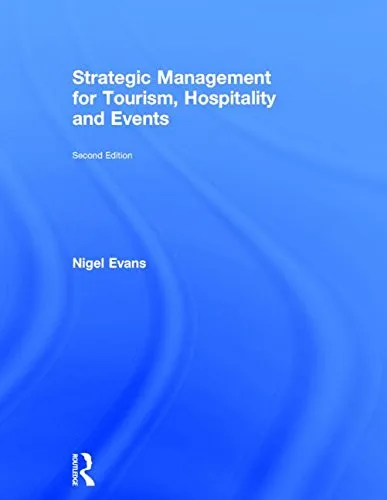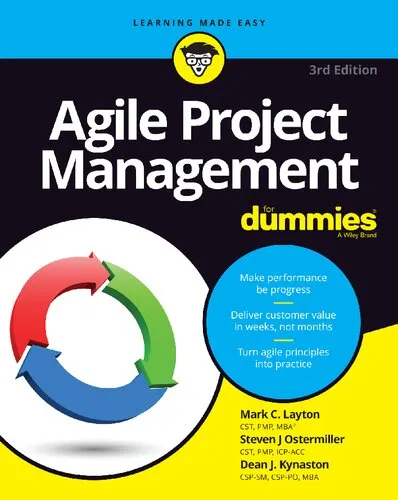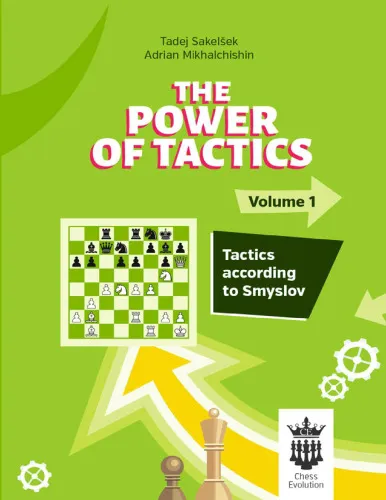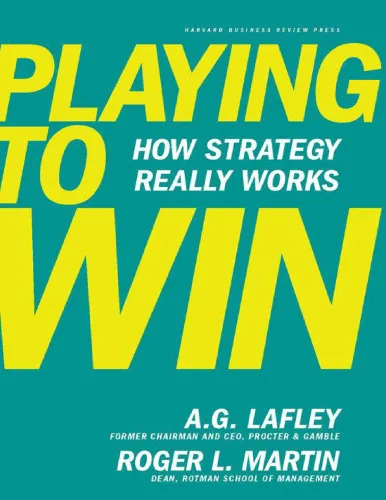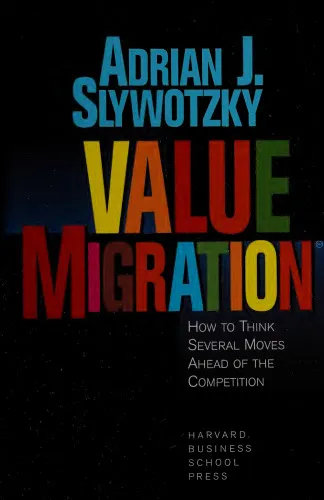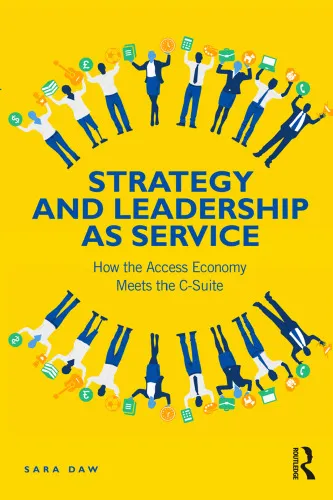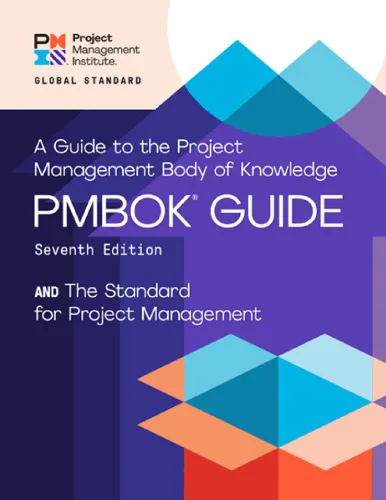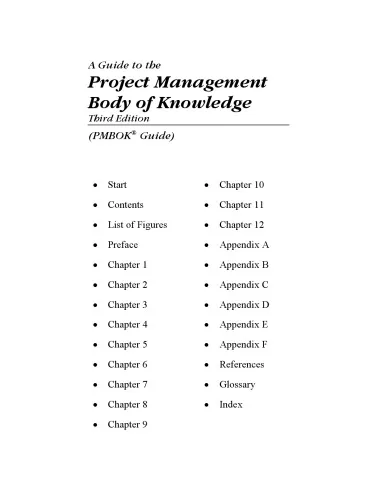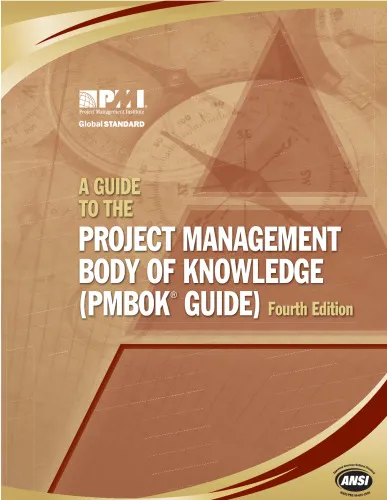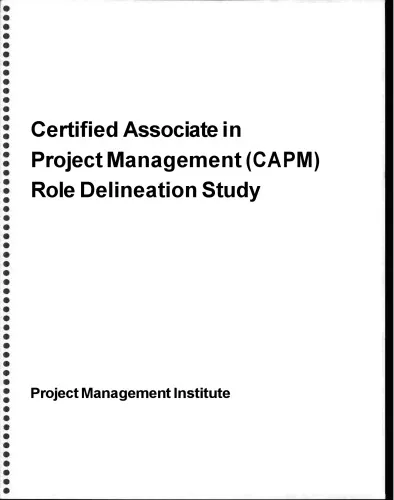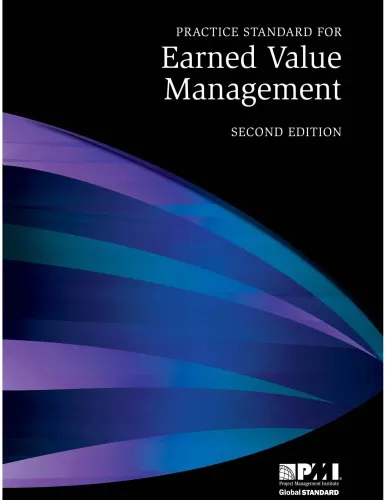Strategic Planning for Energy and the Environment
4.5
Reviews from our users

You Can Ask your questions from this book's AI after Login
Each download or ask from book AI costs 2 points. To earn more free points, please visit the Points Guide Page and complete some valuable actions.Related Refrences:
Analytical Summary
The section “Strategic Planning for Energy and the Environmentpp.48—54” represents a crucial segment in the overarching discourse of energy policy, sustainability sciences, and the interplay between strategic governance and environmental preservation. Within these pages, readers are guided through a structured framework that connects macro-level policy considerations with on-the-ground implementation strategies, offering a clear lens to understand the complex interdependencies involved.
This portion of the book situates its analysis at the confluence of global energy markets, regulatory environments, and ecological imperatives. It does not merely address theoretical models; instead, it integrates case-driven examples and systemic approaches. In doing so, it provides stakeholders—from policymakers to academic researchers—with actionable pathways for aligning economic objectives with environmental stewardship.
Information on the exact year of publication for this edition is unavailable, with no reliable public source able to verify its release date. Nonetheless, the authority of the content lies in its meticulous examination of energy systems, risk management mechanisms, and the forecasting of environmental outcomes based on strategic planning models.
Key Takeaways
Pages 48—54 distill essential ideas on integrating energy supply strategies with long-term environmental sustainability goals. They serve as an intellectual bridge between theoretical frameworks and pragmatic implementation.
First, the content underscores that sustainable environmental strategy must be embedded within national and organizational energy policies to prevent reactive decision-making and to encourage proactive governance.
Second, it emphasizes the necessity of inter-sectoral collaboration, drawing attention to stakeholders from government, private industry, and civil society, whose unified approaches can yield measurable, positive outcomes.
Lastly, the discussion invites the reader to appreciate the urgency of forward-looking energy policy analysis in mitigating the risks associated with climate change, resource scarcity, and geopolitical shifts.
Memorable Quotes
“Efficient energy planning must anticipate environmental consequences, not merely react to them.”Unknown
“Integrating sustainability into energy strategies is no longer optional; it is a survival imperative.”Unknown
“Policy without foresight in energy and environment is policy destined to fail.”Unknown
Why This Book Matters
“Strategic Planning for Energy and the Environmentpp.48—54” carries weight for professionals in energy, environmental science, policy design, and academia, delivering both conceptual clarity and grounded application.
The section heightens our awareness of how planned energy management can harmonize with environmental priorities—crucial in an era of climate uncertainty and evolving global market conditions. The insights bridge high-level policy discourse and the granular details of implementation, offering rare value for multidisciplinary collaboration.
For academics, this portion is a treasure trove of structured frameworks, while for practitioners, it holds instructive guidance on aligning regulatory compliance with sustainable development. It contributes to the theoretical and practical lexicon that informs energy policy analysis worldwide.
Inspiring Conclusion
In closing, “Strategic Planning for Energy and the Environmentpp.48—54” invites stakeholders to think expansively about the interconnected future of our energy systems and the environmental context in which they operate.
By engaging deeply with its analytical frameworks and practical insights, readers can harness the principles shared to influence policy, drive institutional change, and contribute to sustainable global progress. Whether your role is in research, governance, or industry, this section offers the tools to appraise and act upon the pressing challenges of our time.
Read it, share it, and discuss its implications—moving from understanding toward transformative action in energy and environmental stewardship.
Free Direct Download
You Can Download this book after Login
Accessing books through legal platforms and public libraries not only supports the rights of authors and publishers but also contributes to the sustainability of reading culture. Before downloading, please take a moment to consider these options.
Find this book on other platforms:
WorldCat helps you find books in libraries worldwide.
See ratings, reviews, and discussions on Goodreads.
Find and buy rare or used books on AbeBooks.

